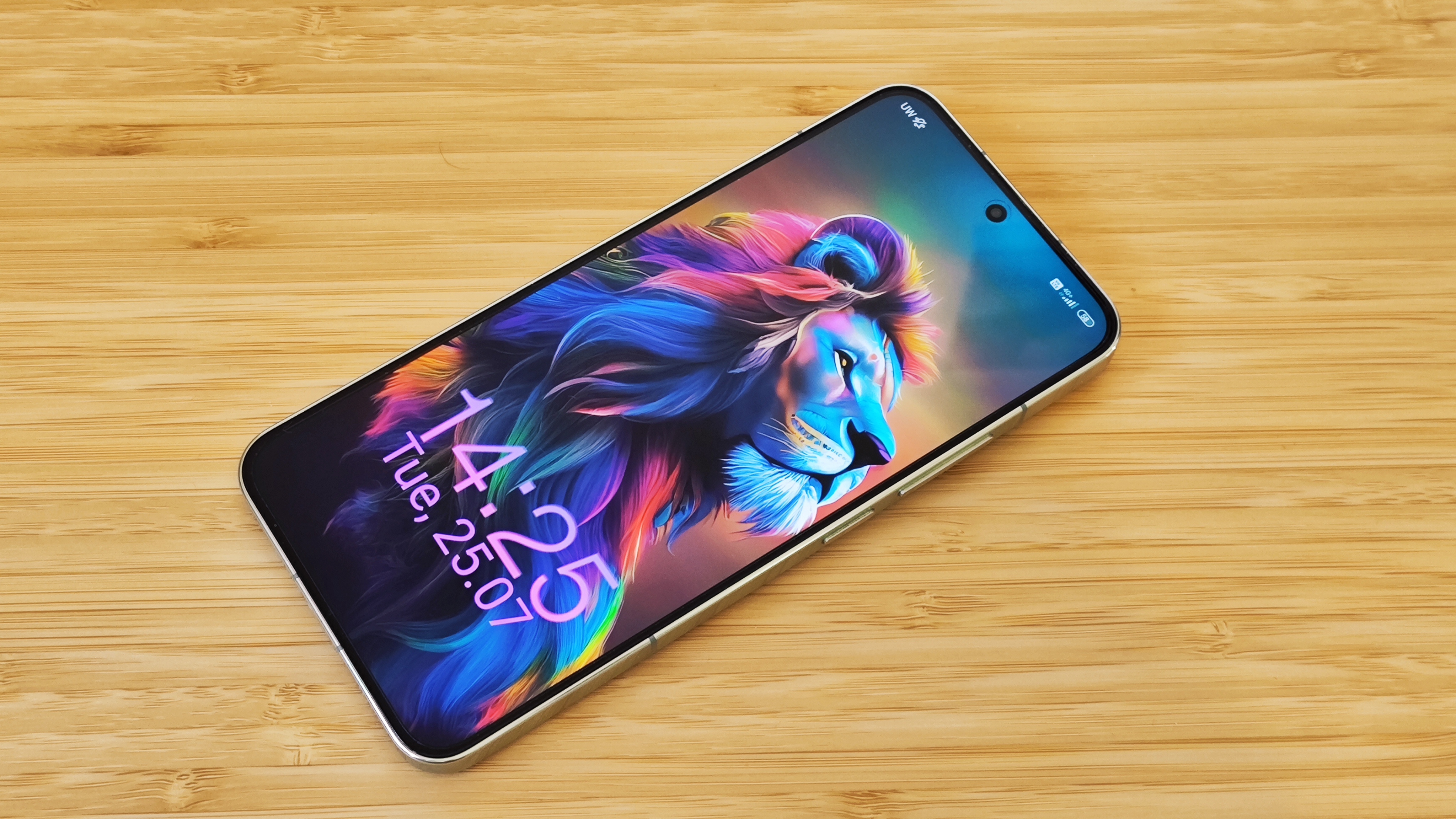
The Xiaomi 13 enters a market in full carnage mode, where upstarts and long-time rivals alike are jostling for position as the 'alternative' option to the main flagship brands, Samsung and Apple. With the Xiaomi 13 Pro doing a bang-up job at staking a claim as the official third-party candidate against the new iPhone 14 Pro or the Samsung S23 Ultra, the Xiaomi 13 takes aim at the mainstream versions of those same phones.
And with an iPhone-like body housing a Samsung-like Android ecosystem, it's also aiming to appeal to both camps of brand diehards, with its Leica-developed camera aiming to impress anyone looking for the best camera phone in the world.
So to find out how they've gotten on, I got a loan sample of the Xiaomi 13 in and have used it, alongside another loan sample of the Xiaomi 13 Lite, as a daily phone, taking it out for photography, playing games on them, answering emails, doing photo and video-editing work and generally living with them for over a month now.
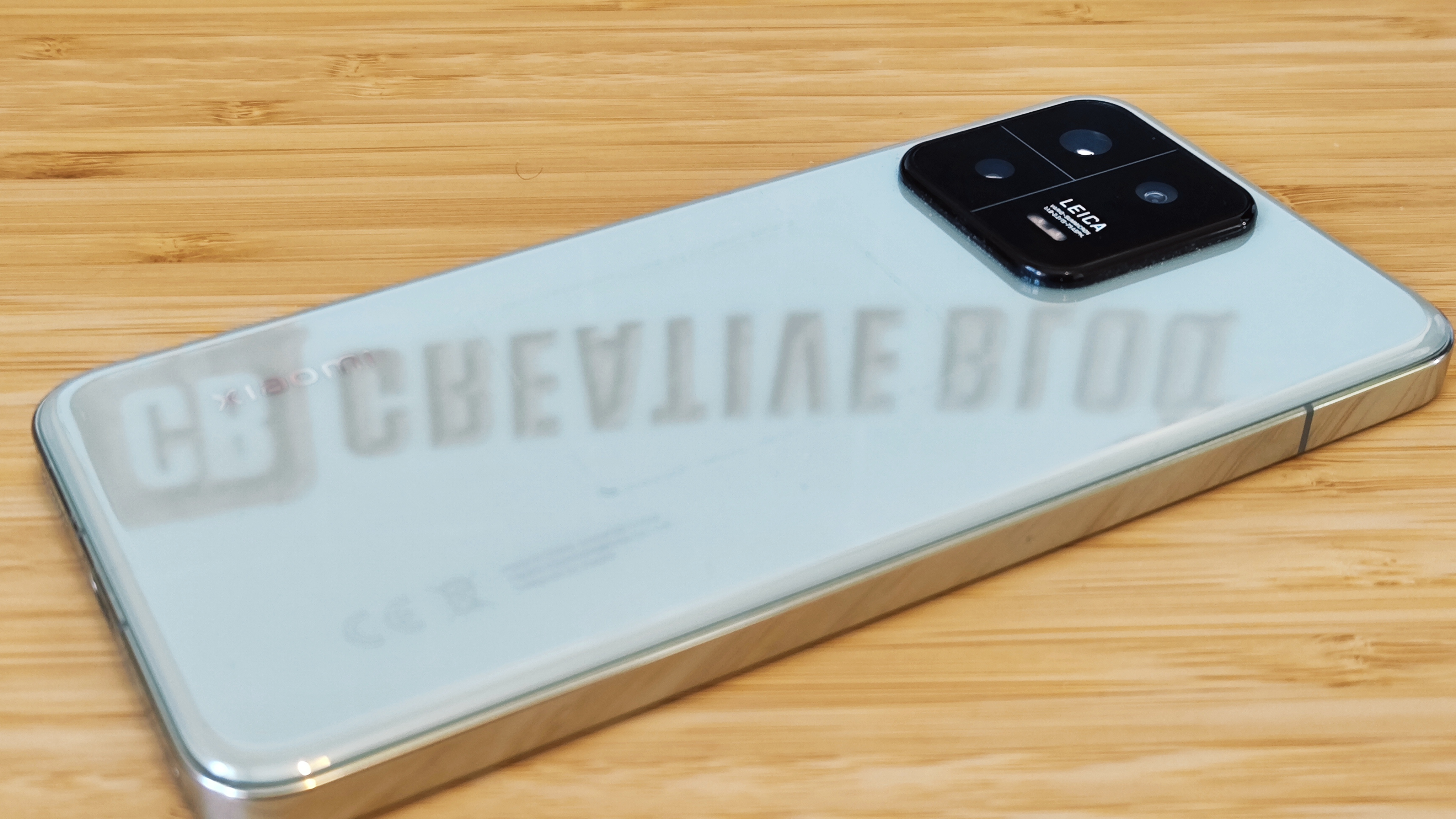
Xiaomi 13 review: Key specs
Design & build
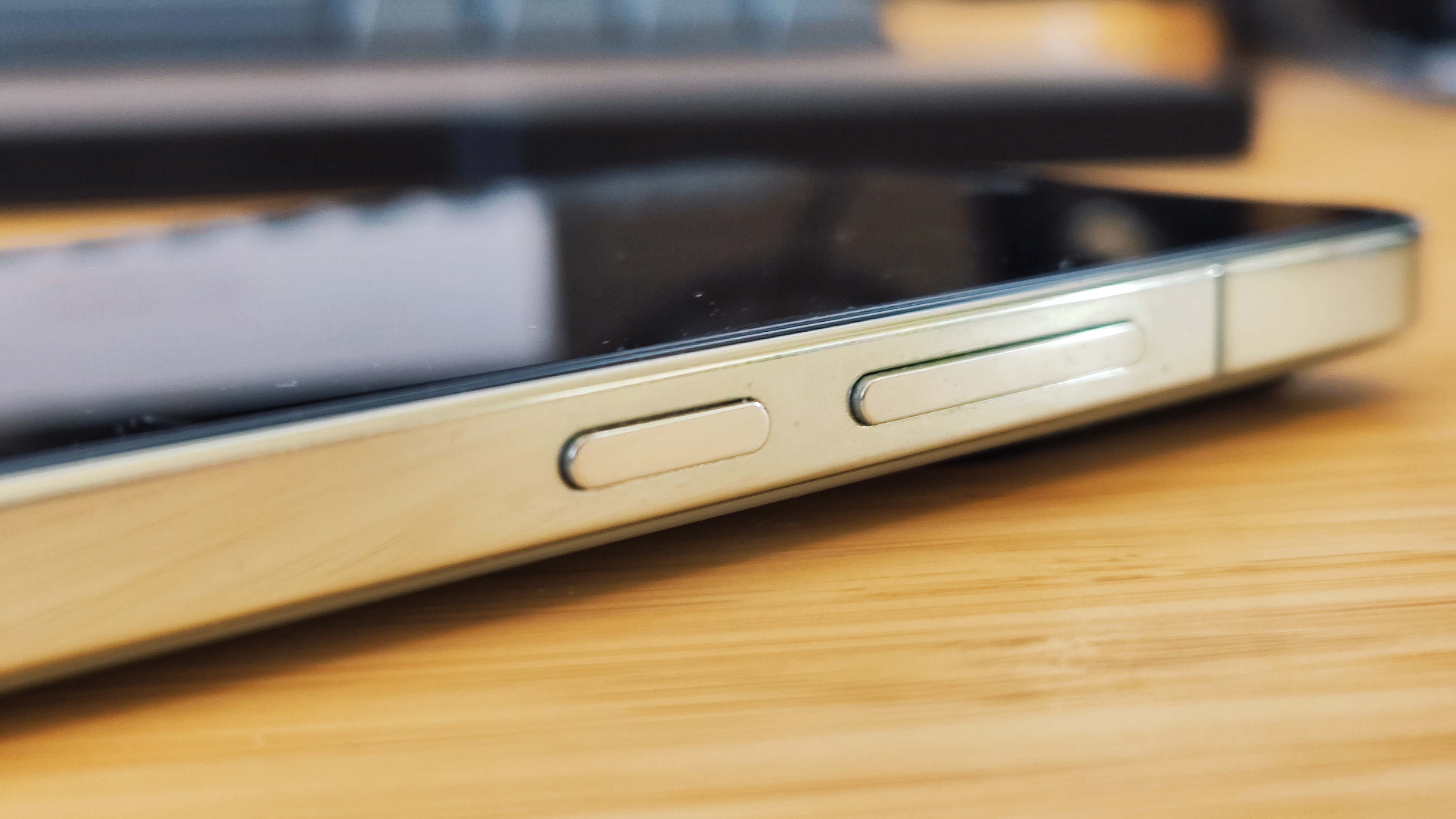
The Xiaomi 13, despite being nominally the 'main' version of the 13 Pro and Lite variants, looks completely different to its siblings. Instead of the borderless curved screen on the Pro and Lite, the casing here is a traditional iPhone-like construction, with a thin-bezelled 6.36-inch screen at the front, a shiny aluminium frame and a glass or silicone-polymer back. The rounded corner only enhance the iPhone feel of the thing.
It weighs about 189 grams, slightly more than the iPhone 14, mostly I think due to the Leica-engineered lens poking out from the top-left of the backside being a bit bulkier than Apple's native camera. We reported on the sheer brilliance of this camera in our Xiaomi 13 Pro review, so hopes are high here...
The screen is Gorilla glass and the back is very shiny too, making for a strong first impression (and smudges galore on every finger impression afterwards), especially as there is a host of colour options available, which at last count included [deep breath]: White, Black, Flora Green, Mountain Blue, Red, Blue, Yellow, Green, and Gray. Our sample is a Flora Green, which is essentially a very faded and understated shade of green, which I really like myself, but bolder options are certainly available (the Red looks especially striking).
Features & screen
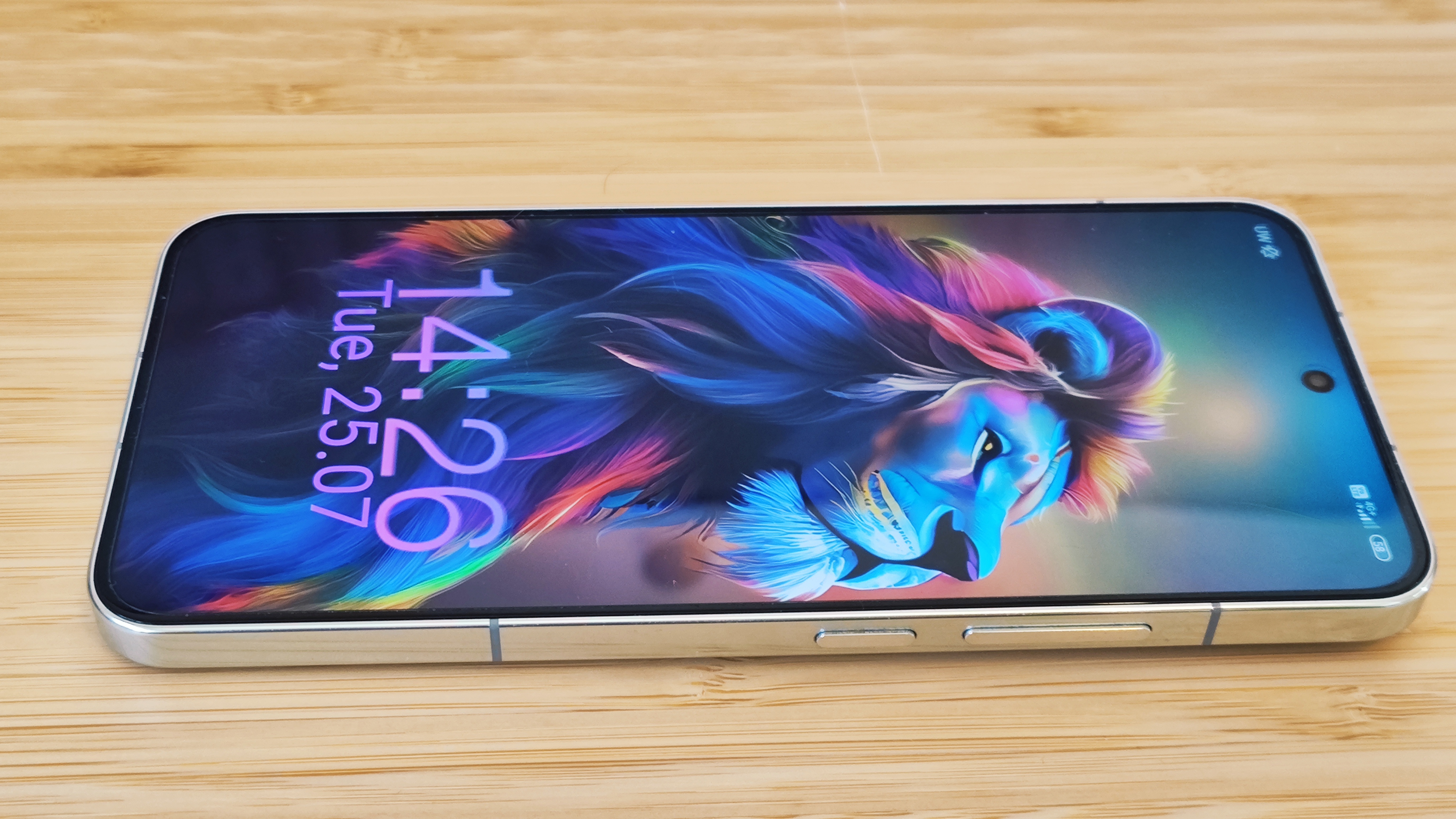
On the inside, the Xiaomi 13 welcomes you with an Android 13-based OS developed in-house, called MIUI 14. It's essentially an Android ecosystem, but with a few interface options borrowed from iOS and your customary agglomeration of bloatware (including two messaging apps and not one, not two, but three different web browsers? Why? Why, Mi?). Dig your way through that, though, and happier times prevail.
There's a fingerprint sensor on-screen and facial-recognition unlock tech on board here, with fast charging available via the included 67W charger (I also hooked it up to a 120W charger I had, which charged it up even faster than the 38 minutes stated in the specs, so there's capacity in reserve there). Your regular convenience features are here, including NFC, wireless Qi charging and a 120Hz, 1900-nit, 414ppi screen.
While it's smaller than the curved proposition on the Xiaomi 13 Pro, the 6.36 inches are put to good use here, with a watch-it-outside-in-bright-sunlight-quality screen that plays movies, trailers and your mother-in-law's incomprehensible stream of cat-related TikToks in sharp detail. The speaker isn't quite as impressive as the Pro, though, but it's still more than serviceable for some portable house-cleaning music motivation. Or audio-editing a video. That too.
There's a photo and video-editing facility included with the phone, as expected, and when combined with the camera (covered below), it makes for a very pleasing user experience indeed. The options aren't quite as expansive as on the Pro, but they included everything I needed for editing videos for social media and review photos for this website, to name but two examples.
The model I tested had 12GB of RAM and a 256GB storage. There's no SD slot, so unfortunately adding to it is not an option. You can choose from a 128, 256 or 512GB options at the point of purchase though.
Camera





With that Leica tag on the lens, Xiaomi wants to make it clear that this is not your regular phone camera. Co-engineered with iconic photography brand Leica, the camera on the 13 Pro blew my mind, so I had high hopes here, despite the slightly lower specs on this model. There's a 50MP, 23mm wide lens on the back, along with a 10MP, 75mm telephoto and a 12MP, 15mm ultrawide lens (120 degrees here), while the selfie camera is a 32MP, 22mm one like on the Pro.
Disappointingly, there's no macro option here for one of my favourite pastimes, which is variably artful close-ups of bees, toys and insects, but after playing around with the Portrait mode and different optical zooms, I managed to find a mode that I enjoyed, but it still felt like a strange omission (unless I'm the stupid one here and simply didn't find the option for it). There's a fully manual 'pro' setting here as well, where you can customise nearly every aspect of your photography like on a DSLR, but the variety of presets for hobbyists and amateurs is impressive enough to make for a very successful camera proposition.
Like on the Pro, you can shoot 8K video in HDR, as well as snap HDR photos, and choose between two main Leica lens modes, 'Vibrant' and 'Authentic'. Due to the sensor being ever-so-slightly smaller here than on the Pro, nighttime photography doesn't pop quite as impressively, but it still rivals many of the best on the market right now.
Performance and battery life
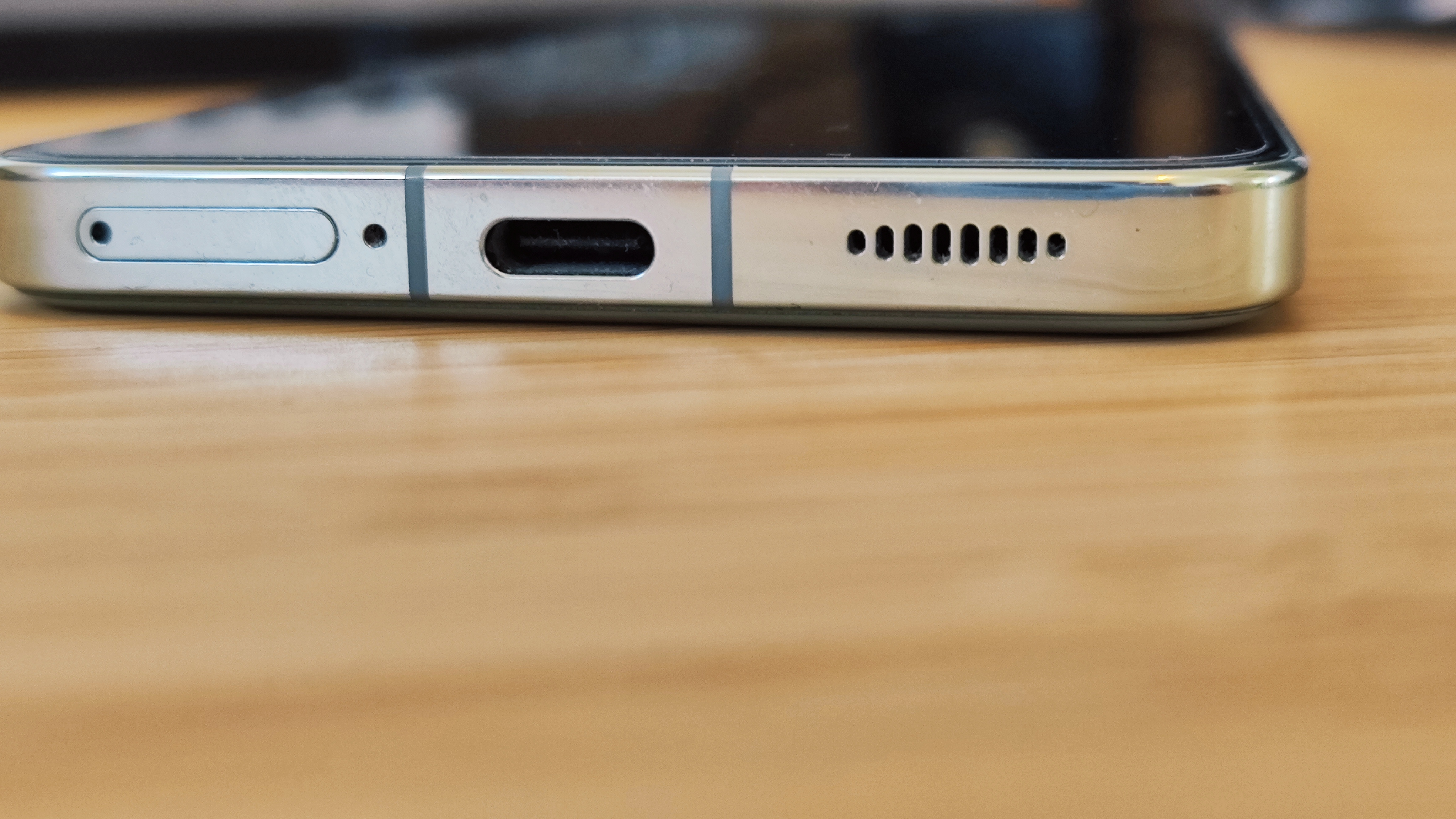
The Xiaomi 13 is equipped with a Qualcomm SM8550-AB Snapdragon 8 Gen chipset, an 8-core CPU and an Adreno 740 GPU, and benchmark scoring on the Xiaomi 13 yielded some impressive results, with an average of 5,212 points in multi-core testing for me. For comparison, the Samsung S23 Ultra averages a hair under 5,000 points according to Geekbench's website, so this unassuming iPhone lookalike actually outperforms a phone almost twice its price in pure benchmark terms.
Gaming on it is generally fun too, although with some online-based games I had to start them up twice or three times, but that seemed to come down to the phone having less-impressive WiFi reception than some others I've used recently rather than anything in the performance area. Again, the sharp screen and very decent speakers helped here.
Bluetooth connectivity is great too, where it paired up effortlessly with earbuds and other Bluetooth equipment I used, as well as linking up with my temperamental Mazda more consistently than most other phones I've used.
Battery life is also very competitive, as I could frequently get through two days of light-to-moderate use and sensible deployment of battery-saver modes, and even with heavy use of the camera and power-intensive apps, the 4500 mAh battery held out for the best part of a whole day before getting critically low.
If you want to eke the maximum out of the battery, you can run it on battery saver and ultra saver modes and get over 100 hours of life out of it that way.
Price
The Xiaomi 13 5G currently retails from $765 in the USA and £849 in the UK before discounts, and pay monthly deals can also be had (you can do so by keeping a keen eye on our deals tracker below). This puts it in flagship territory, where it undercuts the Pro versions of the very latest and greatest by a couple of hundred quids/bucks, but is smack-dab in a very crowded territory of contenders. However, for the camera and processor performance you get here, it's not an unfair price point.
Should I buy the Xiaomi 13?
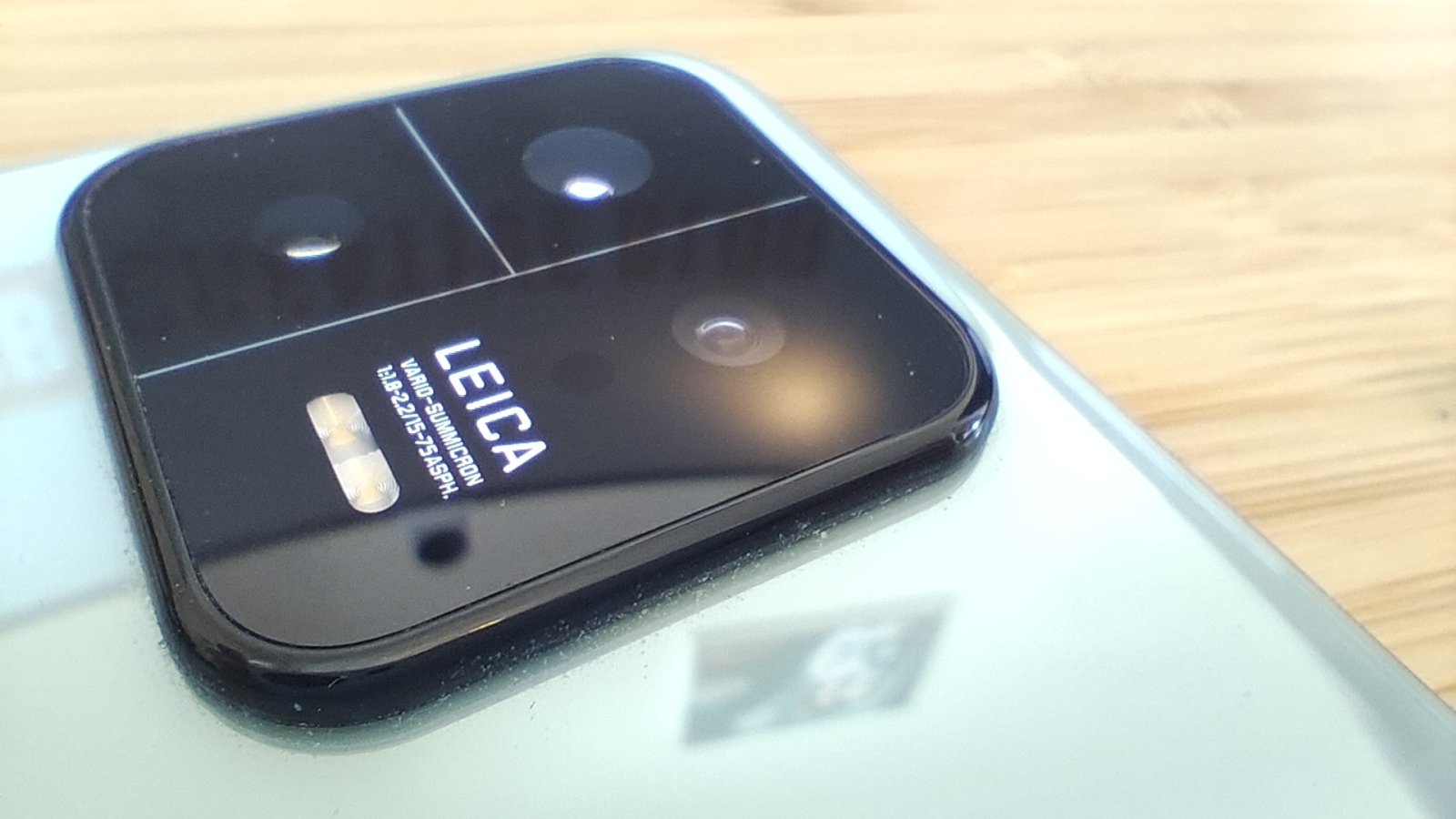
Like stated above, the Xiaomi 13 is cheaper than the pro versions of some competitors while actually outperforming them in camera and processor terms. It's a comfortable phone to carry around, not as slippery to hold as its Pro and Lite variants, sturdily built and packed with impressive specs and features (and a gargantuan amount of bloatware, granted, but most of that can be binned).
The downside here is twofold, though. One is that if you want outright performance, the Xiaomi 13 Pro is only £/$200 more, and if you're spending this considerable amount of money, and if you prefer curved screens on top of pro-level photography capabilities, that would be the one to go for.
The other is that if you like these specs and the general Xiaomi offering but don't need all of it and would like to save some money, the Xiaomi 13 Lite can be had for less than half the price of this one. And that one has a curved screen too!







